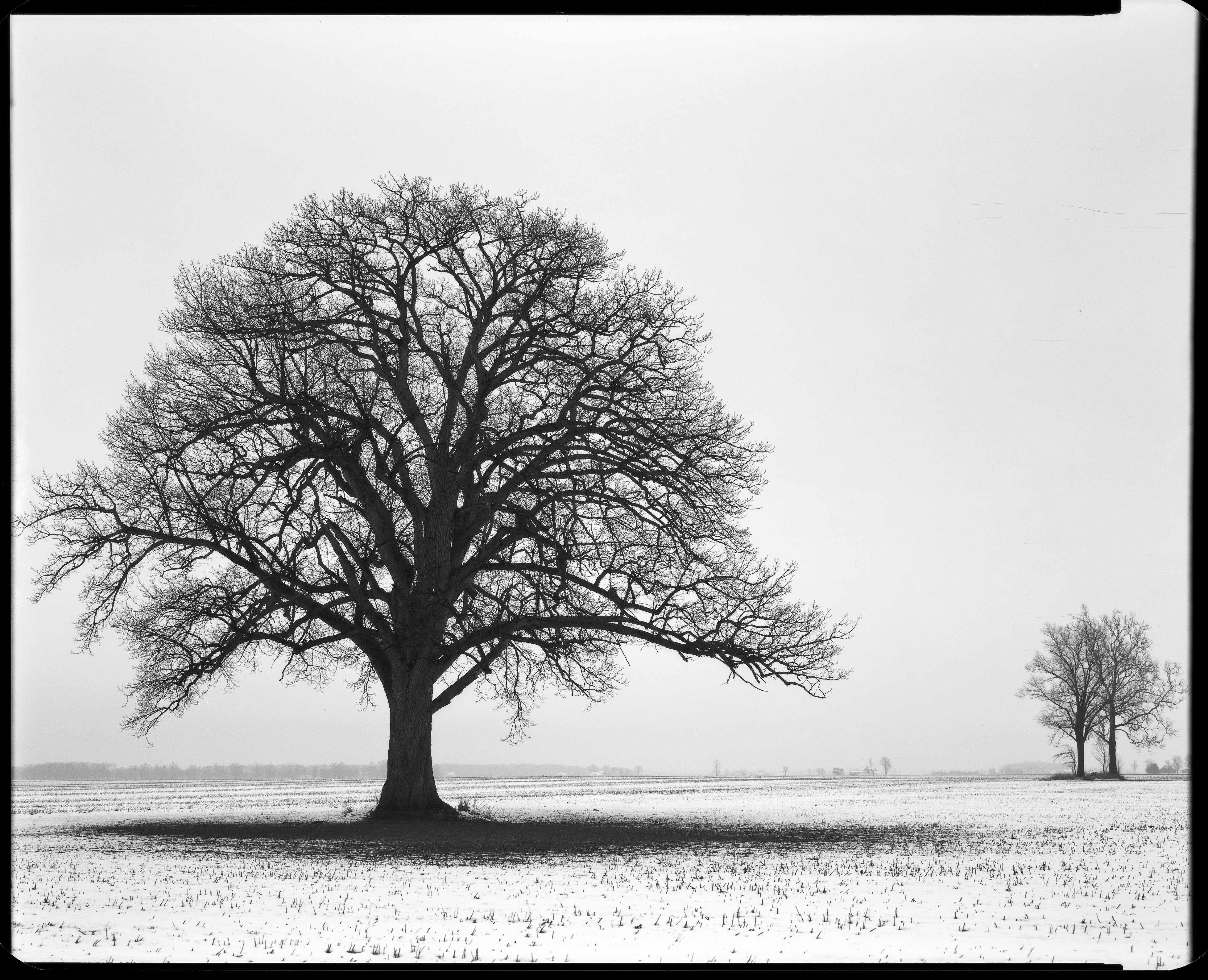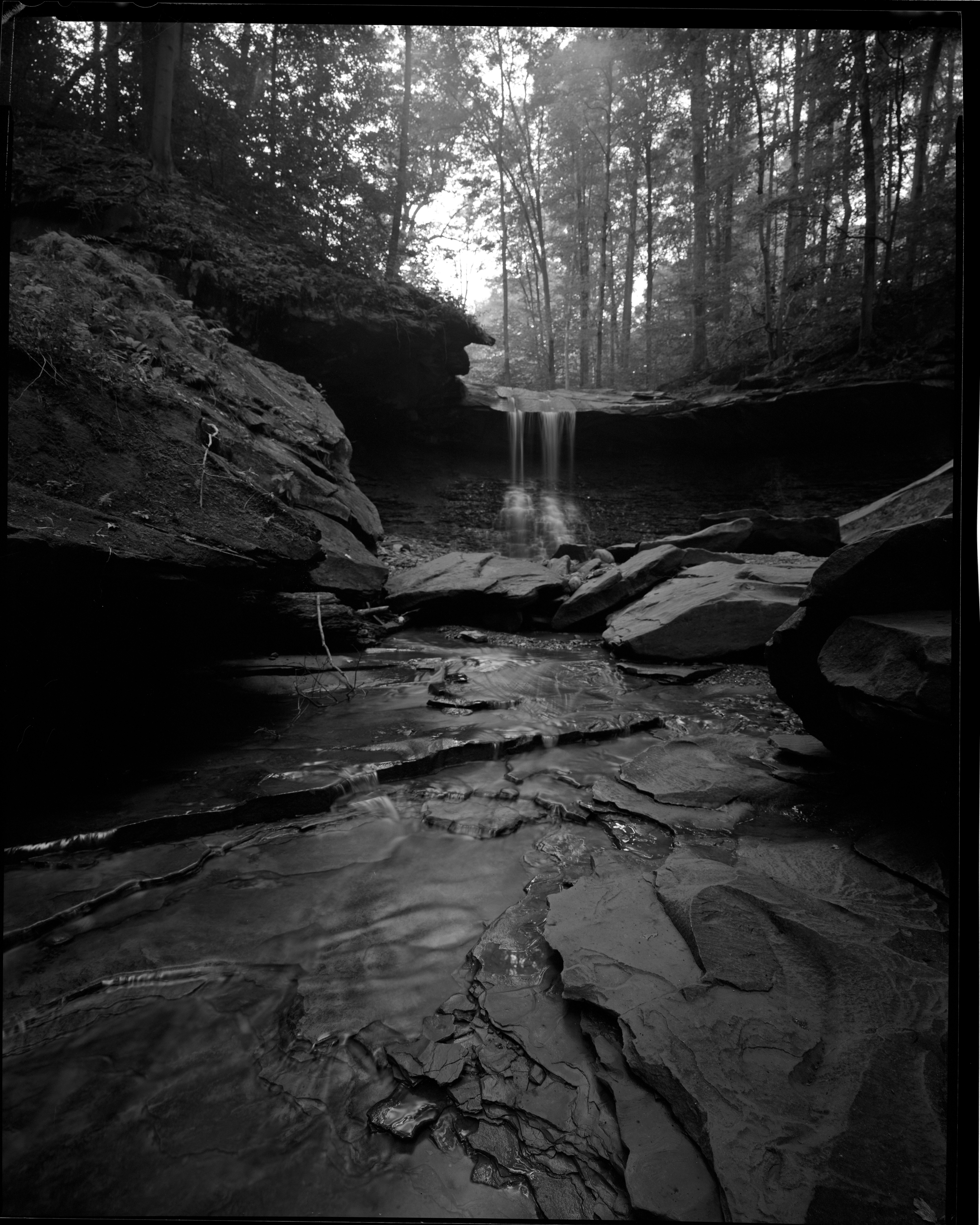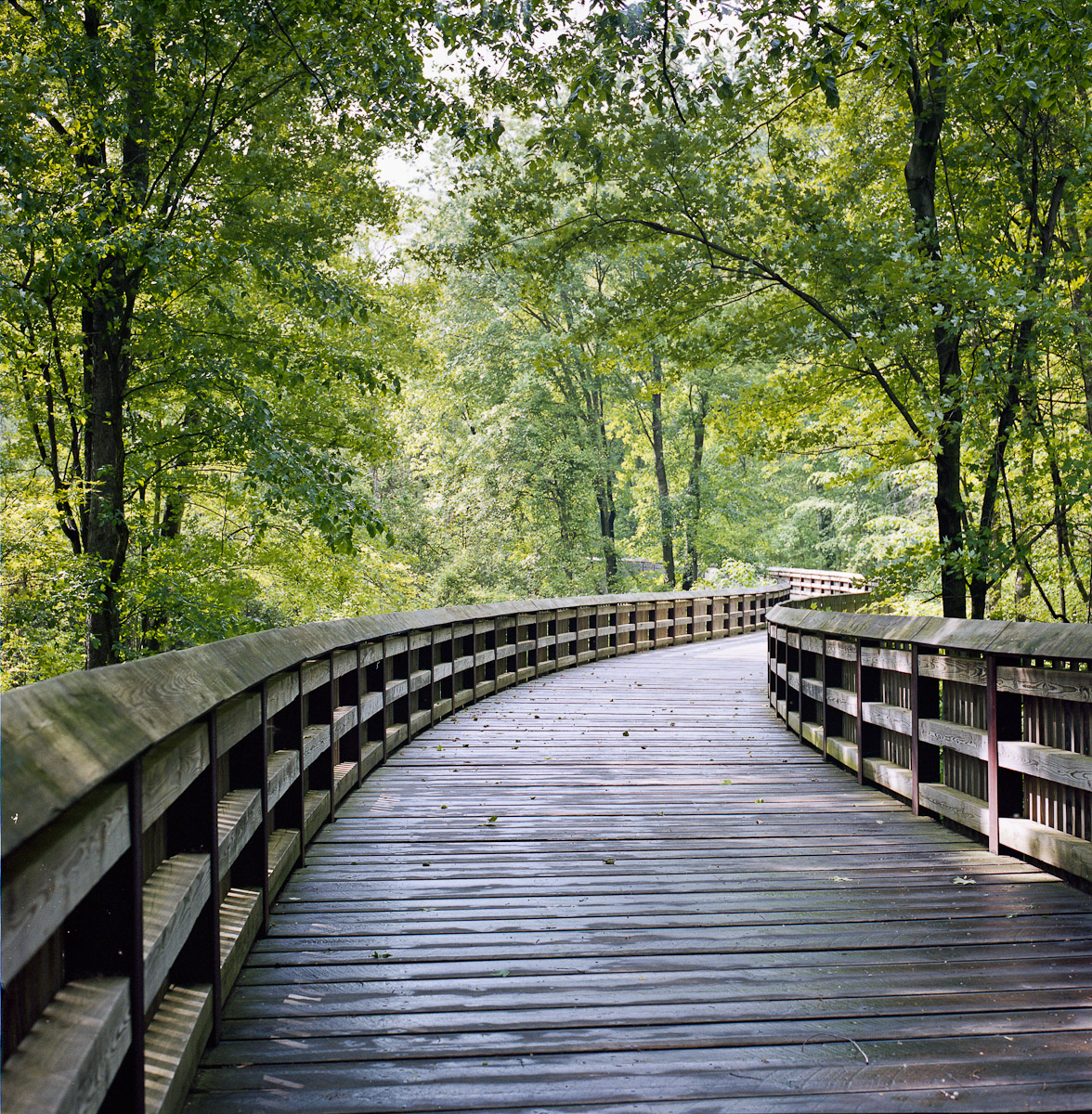Happy mothers day to all!
This week we're going "across the pond" to talk with our friend Jason Hughes from the UK! We met Jason on twitter and we're so excited to share this article with you.
Q: When did you start considering yourself
a photographer?
A: I think it was when I had my first SLR,
at the age of 11. Prior to that, I was a kid with an Instamatic (and a Box
Brownie) taking snaps of my family and cat. The SLR – a Zenith EM – was a
“proper” camera which allowed me to change lenses, use extension tubes, filters
etc. and I taught myself all about shutter speeds, apertures and metering for a
scene using the built-in meter. Incidentally, the meter on the EM was not
through the lens, so I also had to learn about compensation for filters and the
extension tubes. I loved that camera, and wish I’d kept it, because it taught
me so much about the fundamentals of photography which I rely on to this day.
Alas, I couldn’t progress to the Practica MTL3 without part-exchange.
Q: What is your first memory of film
photography?
A: When I was nine we were on a family
holiday in Wales where I met my paternal grandfather for the first time (that I
can remember, at least). He bought me a little 126-format camera and a yellow
Kodak box containing a black and white film 126 cartridge. This was hugely
exciting for me! Of course I had seen photographs but the ability to create
them had been beyond my ability – until then. I still have those first prints
upstairs and I remember the feeling of elation and simultaneous disappointment
when I first saw them because it was obvious that the camera had a pretty bad
light leak. Even so, I had prints and negatives,
all of my own. Negatives were a pretty new experience for me because my family
didn’t take many pictures; in fact, my earliest memory of the making of
photographs was when my father came home with a Polaroid, took a picture of us
and then, as if by magic, showed us the result a couple of minutes later. If
Polaroid instant counts as film photography then that’s my earliest memory but
if it’s traditional negative-print, then it’s my first 126 leaky light box.
Q: Why do you shoot film?
A: Good question. I don’t just shoot film
and, in fact, I possibly take more digital images than film these days. There
are two main reasons I do still use film, though: firstly, because there’s a
look to film that I really like and which can’t be truly replicated with
digital. There’s a certain peculiarity in trying to replicate the look of film
with digital captures, despite the many software packages that aim to do so;
why not just go and shoot film in the first place? OK, it is understandable
because digital capture is so convenient - but this alone says a lot about the
aesthetic properties of film, I think. The second reason I still shoot film is
because it’s what I grew up with. It’s a physical thing; both the use of the
film camera and having something tangible afterwards. Digital instant
gratification is all very well, but with film there’s still the excitement and
anticipation of waiting for the results.
Q: Do you have a favorite format of film?
A: 35mm, mainly because that’s really the
only format I’ve used, apart from the aforementioned 126 many years ago and,
briefly, 120 for an old Brownie that I had before I had the Zenith EM.
Q: How about a favorite brand?
A: I’ve got a soft spot for Ilford but I
think, if I have to choose one brand, it has to be Fuji. I love the look of
Neopan 400 and Provia is my slide film of choice.
Q: What have been your favorite locations
to shoot?
A: I think my top two would be China and
Paris. The former was so culturally different to anything I’d experienced
before and the latter was my first proper outing with the Leica M7. I’d not
used a rangefinder before and I was surprised that the results turned out to be
not as “experimental” as I’d expected; a surprisingly high proportion of
keepers. Other than those, I don’t have a particular favourite. It may be a
cliché but the best locations are the ones where you have a camera.
Q: Who would you consider an inspiration of
yours?
A: Don McCullin comes foremost to mind.
Many people may connect his name to war photography but he did so much more
than that. I love his book “In England”, for example. Also, James Ravilious,
whose photographs are often based around Devonshire farms and countryside.
These strike a chord with me because I’m from Devon, originally, and so there’s
a sense of familiarity and simplicity in his images.
Q: Is there a format of film you haven’t
tried that you would like to?
A: I wouldn’t mind trying medium format;
645 or 6x6, specifically. One day I’ll spot a medium format camera going cheap
in a shop window and temptation will finally get the better of me!
Q: Why should others try film?
A: Anyone who is into photography should
try film at least once. Of course, most people of a certain age will have done,
but there are so many people taking pictures these days who started with
digital and don’t know anything else. Digital hasn’t superseded film; it’s an
alternative that is undoubtedly more convenient but, in my opinion, can be less
ultimately satisfying. Using film slows you down and, I believe from personal
experience, can produce higher quality results that have a certain look that
cannot be truly replicated in the digital domain. I’d say that many, if not
most, of the images I’m most pleased with are from film.
Q: Do you have any tips for photographers
just starting out on film?
A: Take your time. Learn the basics, slow
down and even process your own if you can (no darkroom necessary!) for the
ultimate in the traditional analogue experience. And, you never know, you may
even prefer the “film look” to digital capture.
---------------------------------------------------------------------------------
Here's a look at Jason's Film Equipment
Nikon F100
Nikon F3
With various Nikor Lenses
Leica MP
Leica M7
both usually with a Summicron 35 ASPH
Jason also doesn't use flashes or lights. He uses natural lighting in his work.
~
Now, here are our top ten photos shot by Mr. Hughes
Thank you for reading and as always
Give Jason some love on his site
--------------------------------------------------------------------------------------------------------------
Check out this awesome book on shooting film by our friends at FILMISNOTDEAD
--------------------------------------------------------------------------------------------------------------
Copyright 2013
Analog Revival












































.JPG)



















